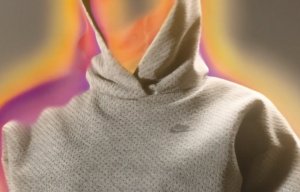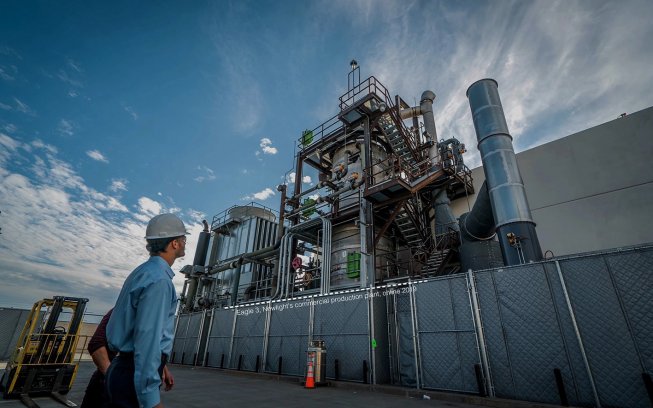
Nike Forward to exploit needlepunching
PHB from ocean microorganisms turned into fibres and sheet materials.

26th August 2021
Innovation in Textiles
|
Huntington, CA, USA
Newlight Technologies, based in Huntington, California, has announced a partnership with Nike to explore the use of AirCarbon, a carbon-negative biomaterial produced by microorganisms from the ocean.
AirCarbon is currently used in fashion applications as a carbon-negative substitute to plastic and leather, including for eyewear, wallets and bags. Nike will explore the use of AirCarbon in a variety of applications for sportswear.
Newlight uses naturally occurring microorganisms from the ocean that eat air and greenhouse gas and convert it inside their cells into AirCarbon – an energy storage material, also known as polyhydroxybutyrate (or PHB), that is approximately 40% oxygen from air and 60% carbon from greenhouse gas by weight.
AirCarbon is certified carbon-negative by SCS Global Services, resulting in a net reduction in CO2e in the atmosphere through production, and can be melted into a range of forms, from fibres and sheets to solid shapes.

“AirCarbon offers an opportunity to further reduce our impact on the planet,” said Nike chief sustainability officer Noel Kinder. “Materials account for 70% of Nike’s total carbon footprint, and we’re accelerating our efforts and exploring new opportunities in this space because in the race against climate change we can’t wait for solutions, we have to work together to create them.”
“Our mission is change at scale, and there are few better partners in the world than Nike to help achieve that,” said Newlight CEO Mark Herrema. “We are excited to explore how AirCarbon can help Nike decarbonise its products and achieve its ambitious carbon-reduction goals.”

Business intelligence for the fibre, textiles and apparel industries: technologies, innovations, markets, investments, trade policy, sourcing, strategy...
Find out more